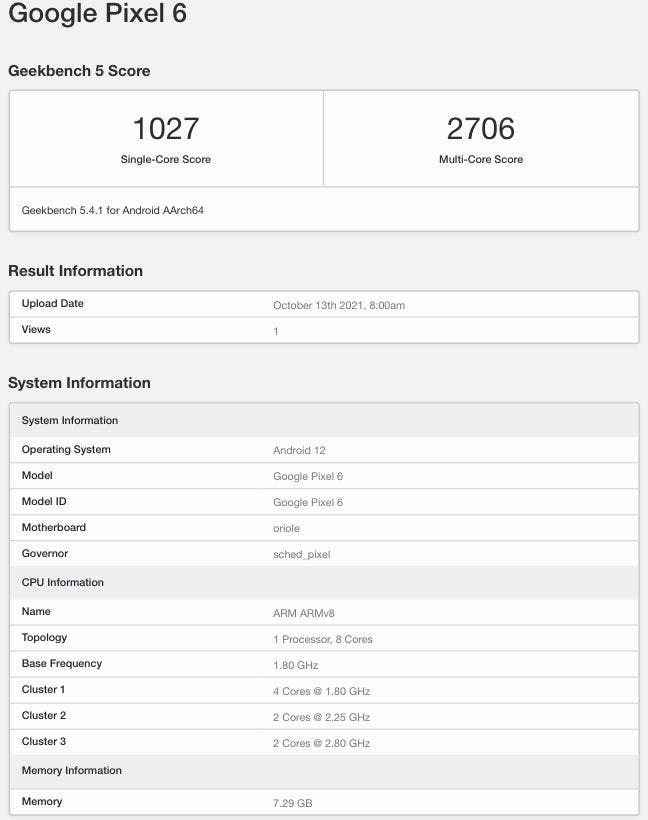
According to a report by industry publication The Information, two key executives in Google's Pixel team left the company earlier this year. One of them is the former General Manager of the Pixel Smartphones Business Unit, Mario Queiroz.
According to his LinkedIn profile, he left Google at the end of January to take on the role of Executive Vice President at data security company Palo Alto Networks.
A few months earlier, and two months before the launch of the Pixel 4 devices in October 2019, he had already moved internally from the Pixel team into a role that directly reported to Google CEO Sundar Pichai.
From an imaging point of view, the second executive leaving the Pixel team and company is more interesting, though: Marc Levoy has been a Computer Science professor at Stanford University since 1990 and since 2014, in his role as Distinguished Engineer at Google, had been leading the Pixel team that developed computational photography technologies for Pixel smartphones, including HDR+, Portrait Mode, and Night Sight. Listen to Marc explain some of the core technologies in the Pixel cameras in our interview below.
Since its inception the Pixel smartphones series had excelled in the camera department, receiving positive camera reviews across the board. With the Pixel phones using very similar camera hardware to its direct rivals, a lot of the Pixel's camera success could likely be attributed to the innovative imaging software features mentioned above.
However, things look slightly different for the latest Pixel 4 generation that was launched in October 2019. While many of the software features and functions were updated and improved, the camera hardware looks a little old next to the top-end competition. Companies like Samsung, Huawei and Xiaomi offer larger sensors with higher resolutions and longer tele lenses, and combine those hardware features with computational imaging methods, achieving excellent results. The Pixel 4 is also one of very few high-end phones to not feature a dedicated ultra-wide camera.
The Pixel 4 camera is still excellent in many situations, and its consistently highly detailed output garnered our 'Smartphone Camera of the Year' award last year, but it's hard to argue that today Google has, at least to a degree, lost the leadership role in mobile imaging that it had established with previous Pixel phone generations.
It looks like internally there has been some discontent with other aspects of the Pixel 4 hardware, too. The report from The Information also details some criticism from Google hardware lead Rick Osterloh on the Pixel 4 battery:
At a hardware team all-hands meeting in the fall, ahead of the October launch in New York, Osterloh informed staff about his own misgivings. He told them he did not agree with some of the decisions made about the phone, according to two people who were present at the meeting. In particular, he was disappointed in its battery power.
Battery and at the very least a perceived deficit in camera hardware are likely only two out of a range of factors that caused Pixel 4 sales figures to decrease when compared to its predecessors. IDC estimates that Google shipped around 2 million Pixel 4 units in the first two quarters the phone was on sale, compared to 3. 5 million Pixel 3 units and almost 3 million Pixel 3A devices.
These figures are also relatively small when compared to the largest competitors. According to IDC Apple sold a whopping 73. 8 million iPhones in the fourth quarter of 2019, for example.
It's not entirely clear, but likely, that the departures of Queiroz and Levoy are linked to the Pixel 4's performance in the marketplace. What will it mean for future Pixel phones and their cameras? We will only know once we hold the Pixel 5 in our hands but we hope Google will continue to surprise us with new and innovative technologies that get the most out of smartphone cameras.
. dpreview.com2020-5-14 16:57
















